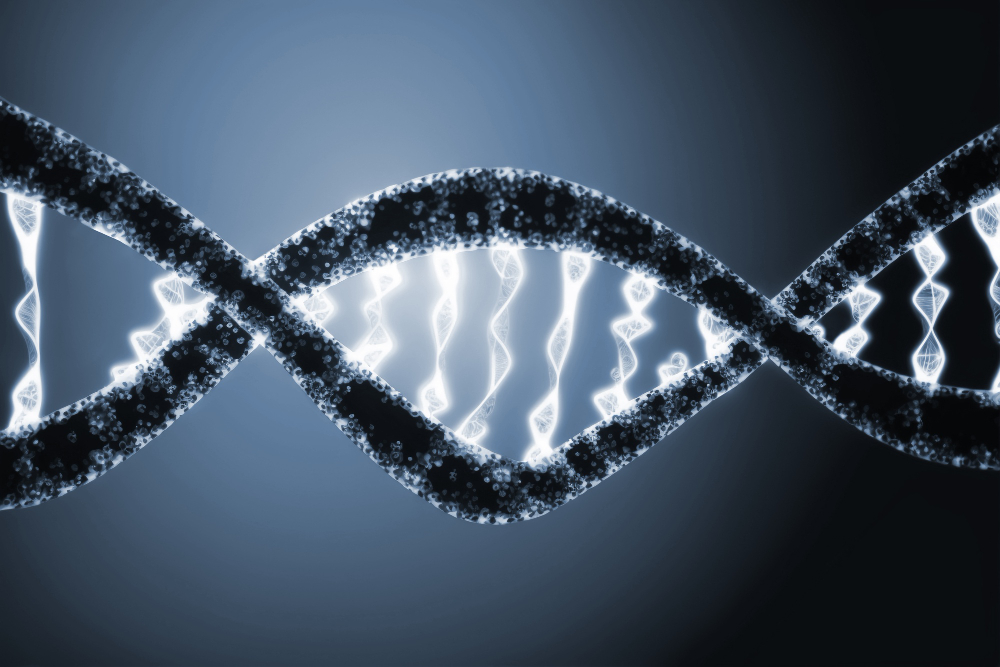
What Is the Role of Enzymes in the DNA Replication Process
Enzymes play a pivotal role in DNA replication, the process by which a cell duplicates its DNA prior to cell division. These remarkable catalysts orchestrate the intricate steps of DNA replication, ensuring accuracy, efficiency, and fidelity in the transmission of genetic information from one generation to the next. Understanding the functions of enzymes in DNA replication illuminates the remarkable precision and complexity of this fundamental biological process.
Helicase
At the onset of DNA replication, the double helix structure of the DNA molecule must be unwound to expose the individual strands for replication. This task falls to an enzyme called helicase, which acts as a molecular zipper, traveling along the DNA molecule and breaking the hydrogen bonds that hold the two strands together. By unwinding the double helix, helicase creates a replication fork where DNA polymerase and other enzymes can access the individual strands and begin the replication process.
DNA Polymerase
Once the DNA molecule has been unwound, the process of synthesizing new DNA strands can commence. DNA polymerase is the enzyme responsible for this crucial task. DNA polymerase adds complementary nucleotides to the exposed strands, using the existing strands as templates. As the nucleotides are added, they form phosphodiester bonds with the existing nucleotides, creating a new DNA strand that is complementary to the original template strand.
Primase
Before DNA polymerase can begin synthesizing new DNA strands, a short RNA primer must be synthesized to provide a starting point for DNA synthesis. Primase is the enzyme responsible for synthesizing these RNA primers, which are typically around 10 nucleotides in length. Once the RNA primer has been synthesized, DNA polymerase can bind to it and begin extending the primer with DNA nucleotides, ultimately synthesizing a new DNA strand.
DNA Ligase
During DNA replication, short gaps, known as Okazaki fragments, are created on the lagging strand as DNA polymerase synthesizes DNA in discontinuous segments. DNA ligase is the enzyme responsible for sealing these gaps by catalyzing the formation of phosphodiester bonds between adjacent nucleotides, creating a continuous strand of DNA. By joining the Okazaki fragments together, DNA ligase ensures that the lagging strand is synthesized into a complete, intact DNA molecule.
Topoisomerase
As helicase unwinds the DNA molecule during replication, it creates tension and supercoiling ahead of the replication fork. Topoisomerase is the enzyme responsible for relieving this tension by cutting one or both strands of the DNA molecule, allowing them to rotate and unwind. Once the tension has been relieved, topoisomerase reseals the DNA molecule, ensuring that it remains intact and stable throughout the replication process.
Exonuclease
In addition to their roles in DNA synthesis, enzymes such as exonucleases play critical roles in proofreading and repairing DNA during replication. Exonucleases are responsible for removing mismatched or damaged nucleotides from the newly synthesized DNA strands, ensuring that the replicated DNA is faithful to the original template. By correcting errors and repairing damage, exonucleases help maintain the integrity and stability of the genetic material.
Orchestrating Precision and Fidelity
In conclusion, enzymes play indispensable roles in the DNA replication process, orchestrating the precise and faithful duplication of genetic information. From unwinding the double helix to synthesizing new DNA strands, sealing gaps, relieving tension, and proofreading and repairing errors, enzymes ensure that DNA replication occurs with remarkable accuracy and efficiency. By unraveling the functions of these molecular catalysts, scientists gain deeper insights into the mechanisms that govern life’s most fundamental processes.



